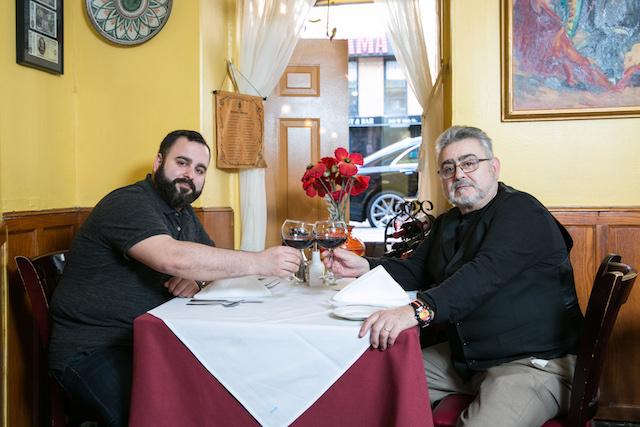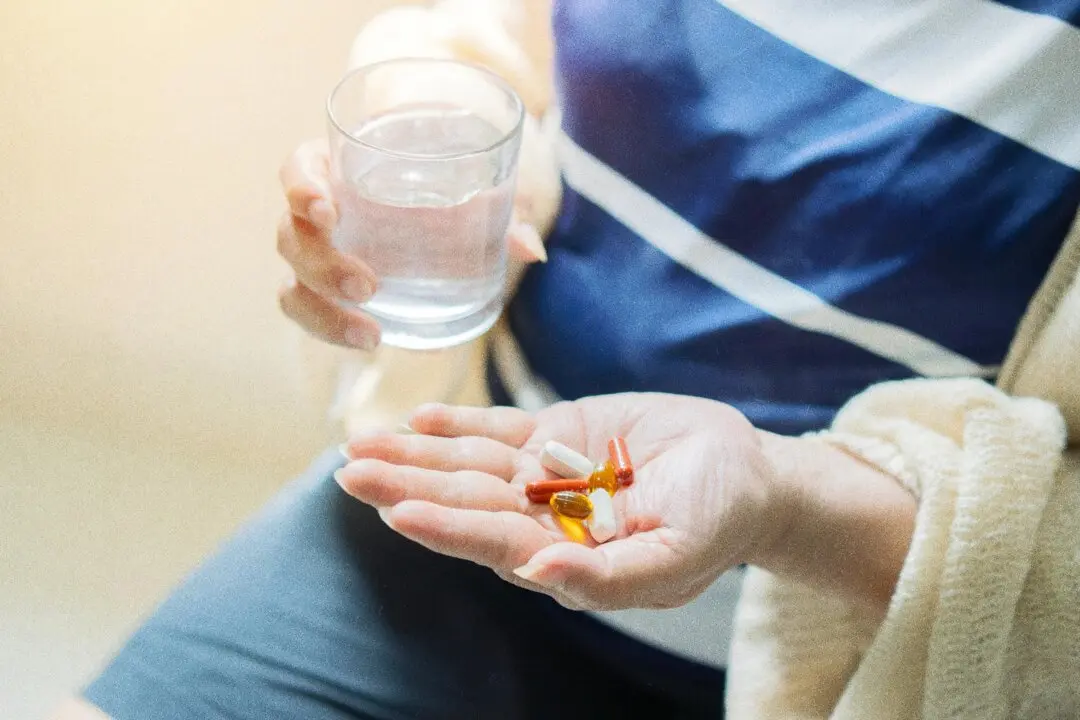Mesón Sevilla is a family-owned restaurant with one of the largest tapas selections in New York City. Over those 30 years, it has stayed doggedly true to tradition, serving only authentic Spanish food like what you’d find in its home country.
At Mesón Sevilla, the Tapas are Timeless
In an ever changing culinary world, Mesón Sevilla stays true to tradition

Owner Adolfo Pérez (L) and his son and general manager Adolfo Pérez Alvarez. Benjamin Chasteen/The Epoch Times
|Updated:




